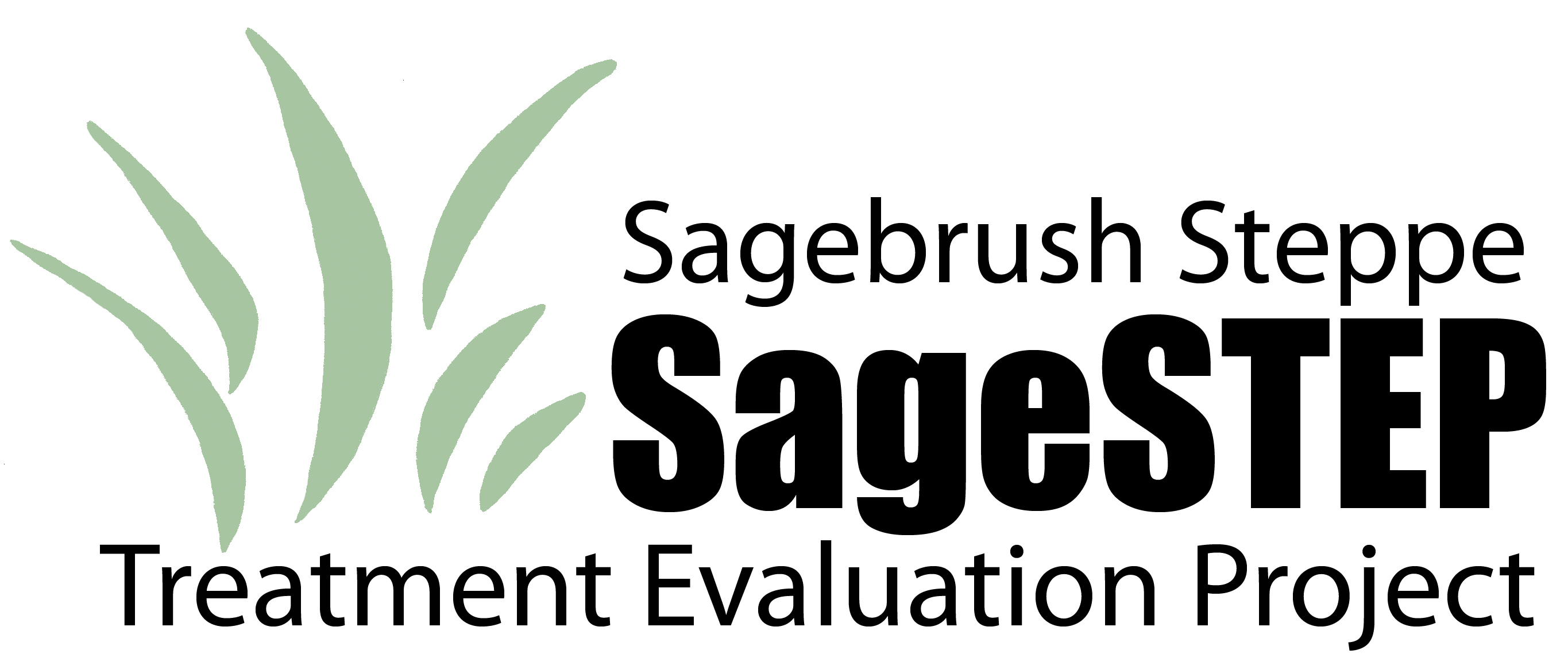Document Type
Article
Journal/Book Title/Conference
International Journal of Wildland Fire
Volume
24
Issue
2
Publisher
CSIRO Publishing
Publication Date
2-3-2015
First Page
1
Last Page
13
Abstract
Juniper (Juniperus spp.) and piñon (Pinus spp.) trees have encroached millions of hectares of sagebrush (Artemisia spp.)–bunchgrass communities. Juniper–piñon trees are treated to reduce canopy fuel loads and crown fire potential. We measured the effects of juniper–piñon infilling and fuel-reduction treatments on fuel load characteristics at four locations in Utah. At each location, treatment areas were burned, left untreated, or trees were cut or masticated in a randomised complete-block design. We measured standing and downed fuels by size and type along 30-m transects on 15 subplots (30 × 33 m) per location before and 1–3 years after treatment. Increased tree cover was associated with decreased shrub and herbaceous fuel loads (P < 0.01). By 2 years post-treatment, herbaceous fuel loads were greater than pretreatment in all treated areas (P < 0.01). Cut and mastication treatments increased surface woody 10- and 100-h fuel loads and wood/bark cover (P < 0.01). Masticated-tree depth was a good estimator of fuel loads (R2 = 92). The conversion of canopy fuels to surface fuels reduced fuels that enable crown fire and extreme fire intensity. Cool-season prescribed fire may need to follow mechanical treatments to reduce surface fuel and the potential for wildfire damage to perennial understorey vegetation.
Recommended Citation
Young, K.R., B. A. Roundy, S.C. Bunting, and D. Eggett. 2015. Utah juniper and two-needle piñon reduction alters fuel loads. International Journal of Wildland Fire 24(2):236-248. http://dx.doi.org/10.1071/WF13163



